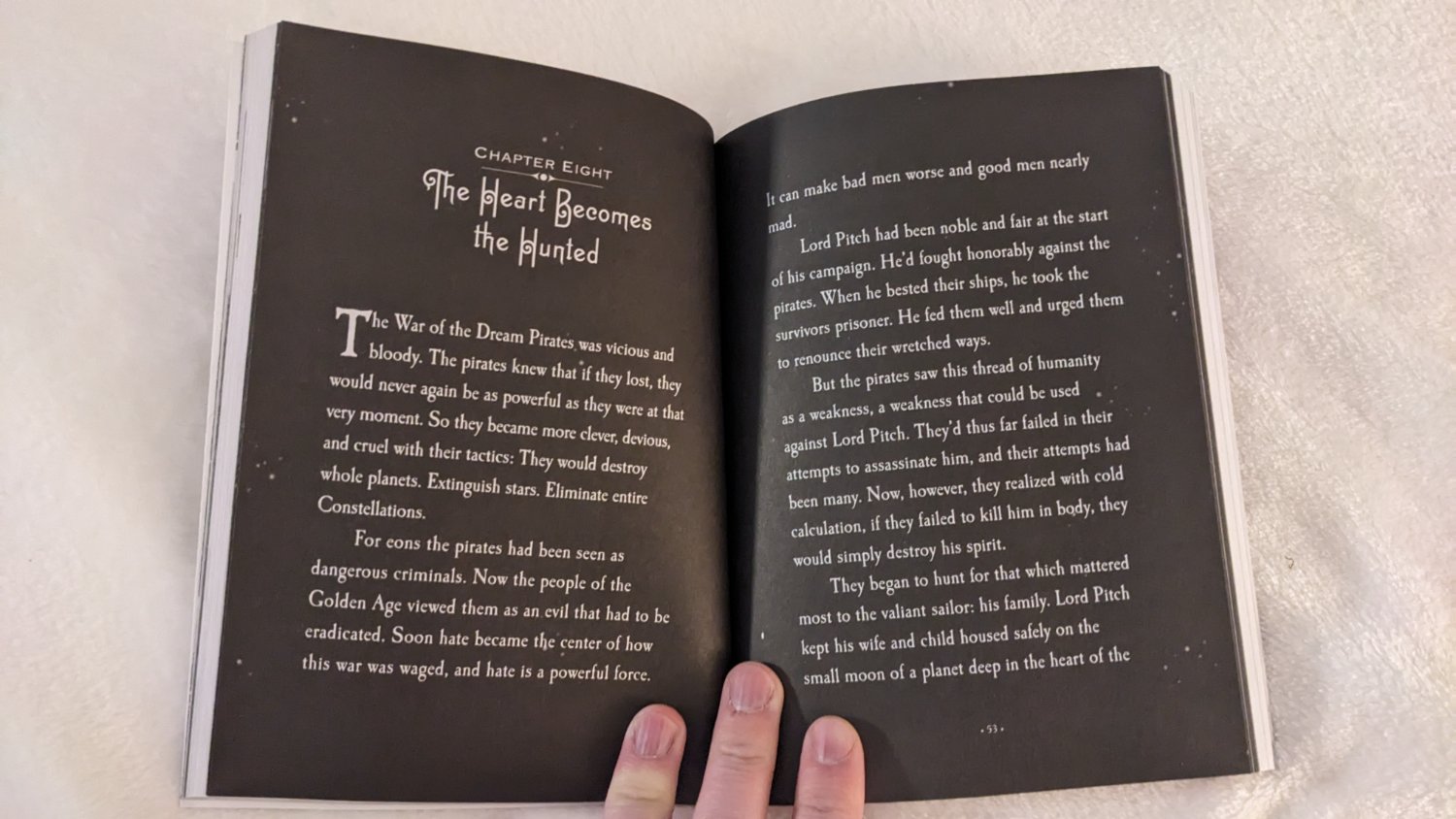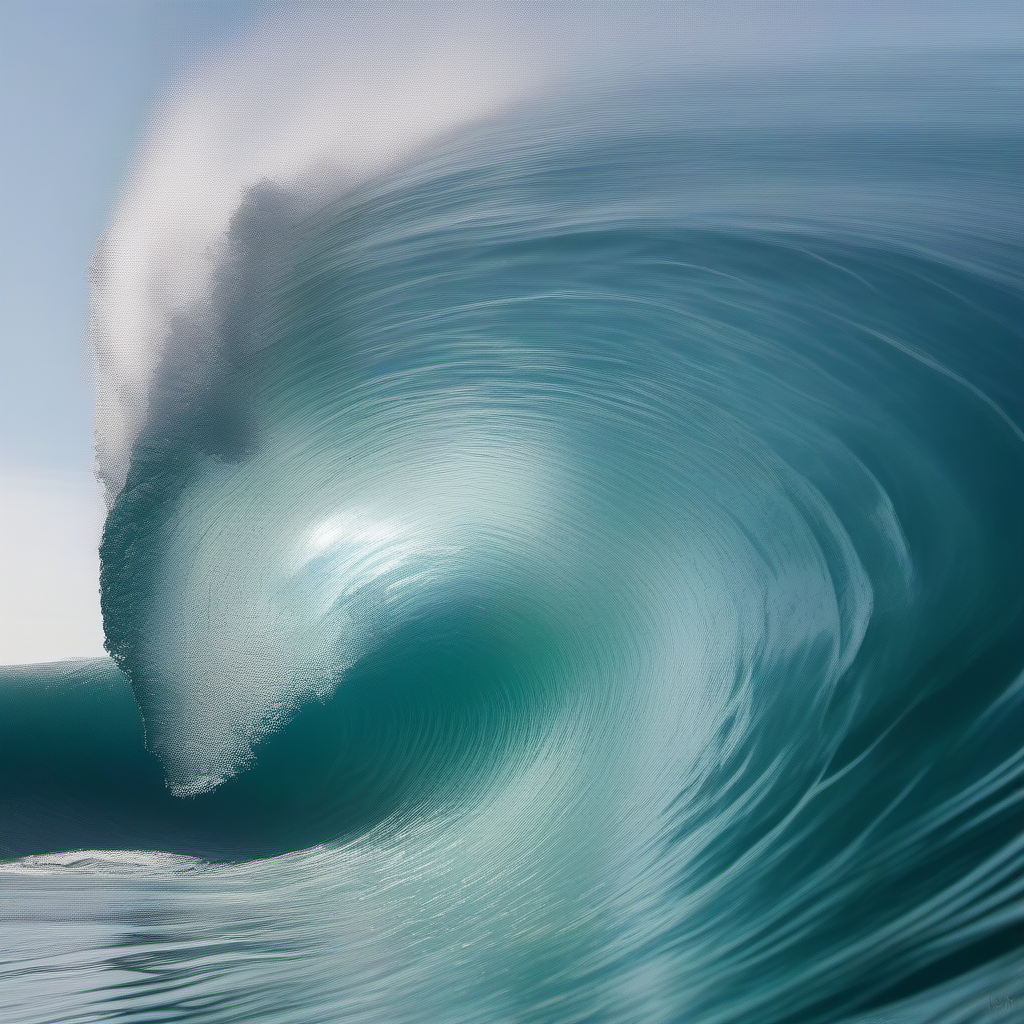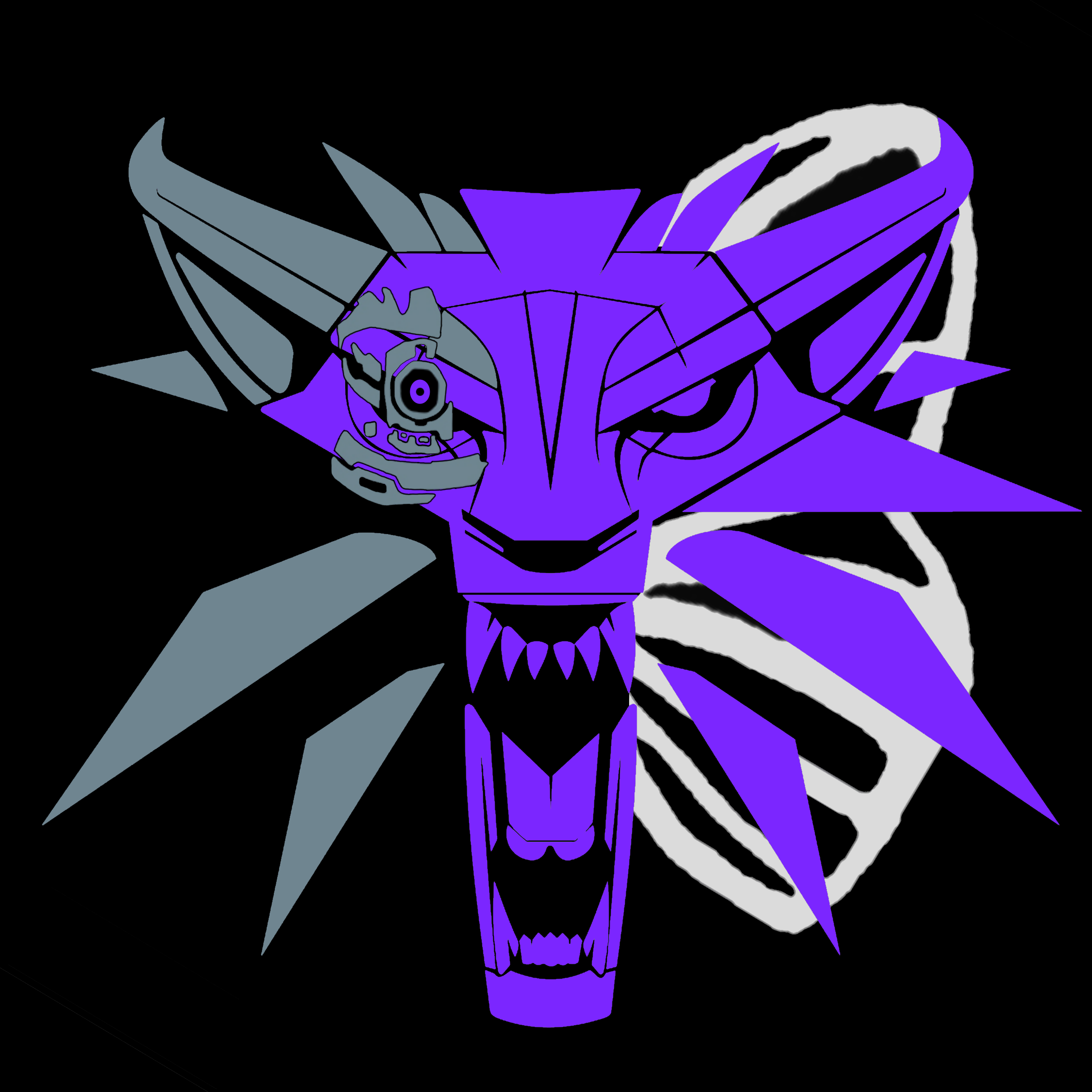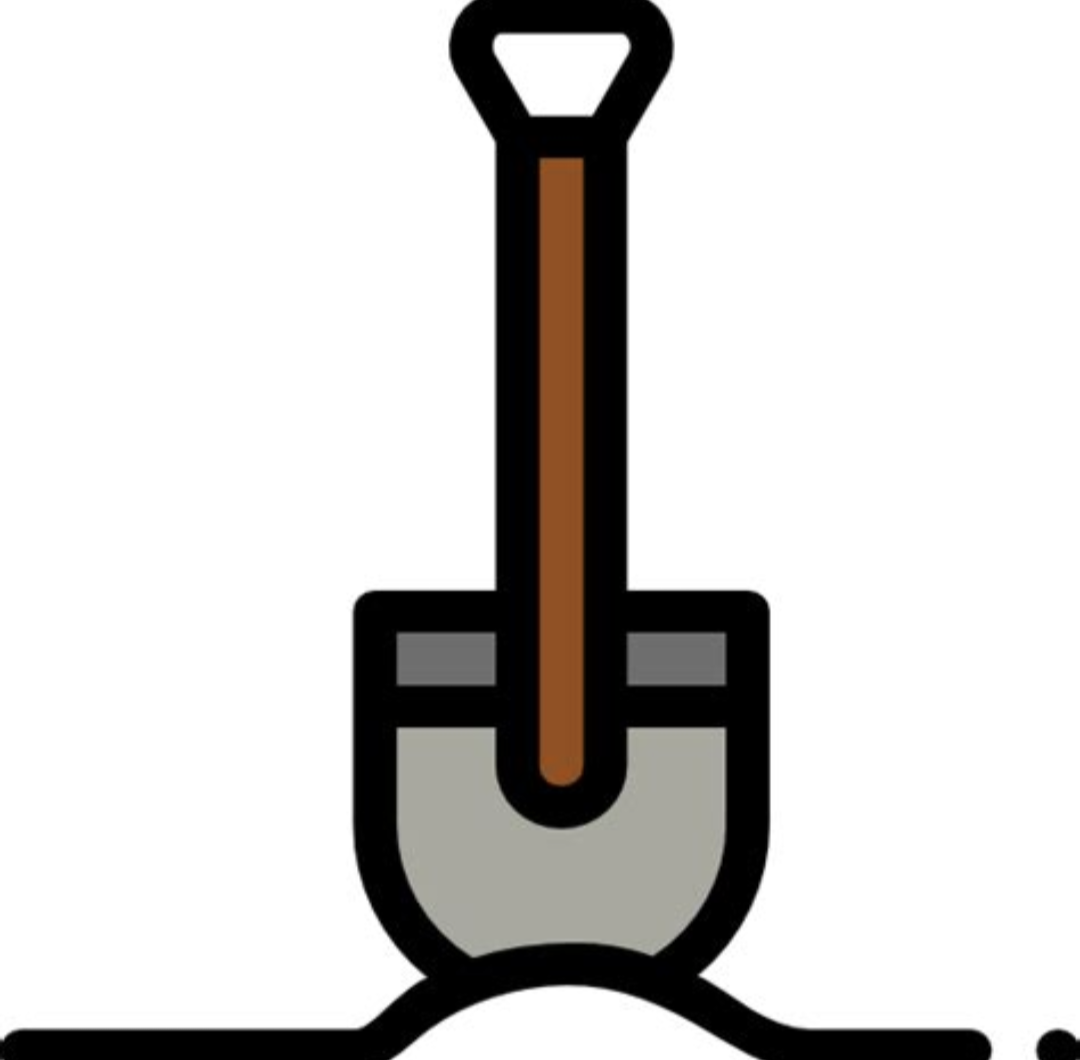It’s way more expensive.
Same reason that it’s uncommon for any page to have most of the page covered in ink, regardless of whether it’s a book or a sheaf of papers or whatever. Ink costs something, and it’s cheaper to put ink on a little bit of the page than it is to put ink on everything but a little bit of the page. Unless there’s a compelling reason to do otherwise, you take the cheaper route.
What if you use white ink on black paper?
You need to dye the paper. And the white ink would need to be suuuper opaque to even have a chance to be readable
Which is basically impossible to do
Books don’t emit light in the visible spectrum so it does not make it easier on the eyes in low light conditions.
Historically it’s also cheaper because paper is some shade of white and it’s cheaper to not soak the page in ink.
Hm. You can’t print it like that, it’d a ton of ink and too heavy.
Black paper and white ink? That’s interesting
Batman The Animated Series was drawn this way.
Ohh, that explains the really rich, deep colors they always used in the backgrounds. I loved the moody atmosphere that show managed to capture. Way ahead of its time, especially for a kids’ cartoon.
I’m a dark-mode person on computers, and I’m also a visual artist. When I draw digitally I always prefer drawing light colors onto a dark background, and when I paint I always prefer painting lighter colors onto a black-primed canvas. I think I first tried that after seeing a behind-the-scenes about Batman’s artists doing it that way, and realizing it made much more sense to my visual and artistic sensibility.
In a physical medium, it’s way cheaper and easier to make light color thing dark than make a dark colored thing light. “Dark mode” books would require dyeing each sheet black, then painting the text on top of each sheet, rather than what is currently done, where we bleach each sheet white, then dye the text into each sheet.
Somewhat related - this is why printers use CMYK, rather than RGB. Computer screens use pure light, so they simply emit whatever combination of light they need to, and your eyes add them together. In a physical medium, however, what we see is based on what is reflected, i.e. not absorbed. Hence, each color of ink, in additive terms, is two colors together (cyan is green+blue, magenta is red+blue, etc). When you combine CMYK colors, you can precisely control what wavelengths of light are being absorbed in order to reflect the correct color.

The Guardians of Childhood series has a few chapters that are printed in “dark mode.”
There are dark mode books? Just not that many.
@GolfNovemberUniform Its bad for your eyes to read in the dark, some kids books do have black pages and white text, like horror ones








